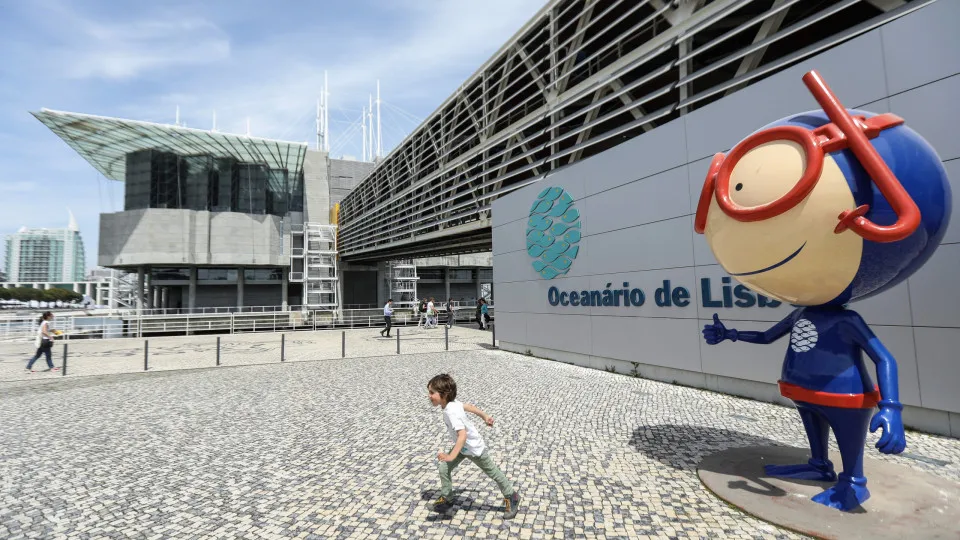
The Oceanário de Lisboa has introduced a new “wider, natural, and immersive” habitat, bringing penguin dives closer to the public.
This new habitat houses 29 Magellanic penguins and 12 Inca terns, recreating subantarctic coastal areas with rocks, waterfalls, ice, stalactites, and a swimming space with tidal wave simulations.
There are now more nests, extended land and aquatic areas, and from the lower floor, visitors can view penguin dives alongside sharks and other fish, the Oceanário reveals.
A statement explains that the intervention in the penguin area began last November and has just concluded. It marks the first major reconstruction of one of the Oceanário’s original habitats, inaugurated in 1998 for the Expo’98.
The requalification work involved 136 professionals from 12 nationalities and about 50 entities, led by the Oceanário de Lisboa, focusing on “elevating animal welfare standards, diversifying the environment, and providing the public with an even more enriching visiting experience.”
Architects Ginette Castro and Michael Oleksak, former members of Peter Chermayeff’s team, who designed the original Oceanário concept, participated in the project.
The scenography and artificial decoration were handled by JDC Faux Rock Creations, internationally recognized for creating natural environments with high realism, as noted by the Oceanário.
The adoption of the new habitat’s name follows the International Hydrographic Organization’s (IHO) official recognition of the Southern Ocean as the fifth oceanic basin since 2000, alongside the Atlantic, Pacific, Indian, and Arctic Oceans.
Recently, several Portuguese scientific and educational institutions have started using the direct translation of “Southern Ocean” instead of Antarctic. This change is also applied to the designation of the new penguin habitat at the Oceanário de Lisboa, the document notes.
Inaugurated in 1998, the Oceanário de Lisboa was designed by architect Peter Chermayeff, embodying the idea of the ocean as a unique, global, and borderless system. This concept led to the central aquarium of the Oceanário, surrounded by four distinct marine habitats.
The Oceanário de Lisboa is a member of the International Union for Conservation of Nature’s Species Survival Commission (IUCN-SSC) and works in conservation and science fields. It houses over 8,000 marine animals of 500 species.




